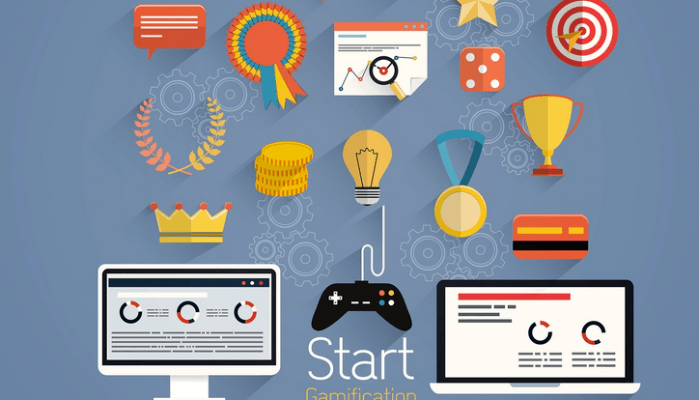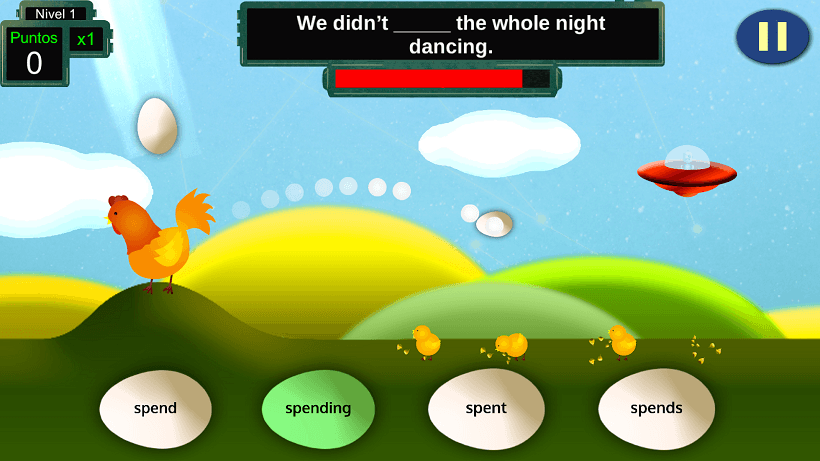Every educator's worst nightmare is his/her inability to motivate students and make them interested in the process of studying itself.Being educators, we perfectly understand the importance of techniques we use in a classroom, and the consequences these techniques may bring as a result. Times change, and today's schools (as well as modern students) differ much from those ones we had 20 years ago. The main problem of today's schools is students’ engagement into the studying process. And here is the new technique of the 21st century comes – education in gamification.What do we know about gamification actually?This phenomenon is not new of course. Giving your students a grade or a reward for their achievements, you involve them into gamification already. Such a trick brings the element of competition to the process of study, it motivates students to learn the material better, and get better grades than their classmates have. 5 elements of classroom gamification have their hidden dangers of course (low self-esteem, envy, or even hatred towards other students), but it is very useful and motivational for sure, if a teacher uses them wisely.But gamification of education is not about grades only.
Gamification – giving some game elements to the process of study in order to motivate students and drive their learning behaviors.
Teachers have been using different elements of gamification in their traditional classrooms for a long time already, even if they do not know what the exact term for such a phenomenon is. They all try to come up with fresh ideas on how to gamify a classroom, because every teacher clearly understands all benefits of this technique:
- it encourages students to think differently
- it lets students develop new skills
- it encourages collaboration and teamwork
- it encourages the competitive nature
- it involves students into the process of studying
- it makes lessons more interesting and exciting for students
Are any more reasons needed for an educator to include gamification into the list of his/her techniques? But what about eLearning? Is it possible to use any exact elements in order to bring gamification to your classroom, even if it is a digital one? Every online educator can definitely try these methods:
- Video gamesWe all know, that modern students can't imagine their pastime without video games. Bring these games to your e-classroom, if you have all necessary tools for that! Such an element of gamification will work fine for small groups of students (3-5 people): all of them will have a chance to play a video game and discuss all its strong and weak points afterward. That is how you can motivate your students to speak about something they really love (it works great, if you are a teacher of some language for example) and use as much words from their vocabulary as possible. Just think of video games that would fit the topic of your lesson best.
- Team gamesSuch games will encourage your students' competitive nature and collaboration. Divide them into several groups, ask them come up with their teams' names and motto (they can do it, using a chat), and start a competition. Ask them questions concerning the topic of your lesson, and watch which team will be the first with the answer. Prepare some prizes or awards for winners. It may be good grades or some symbolic gifts (diplomas, one day without a homework, etc.).
- Role playingThink of some situations where your students could feel themselves real actors. For example, you need to check how well they've learned the vocabulary of “In a restaurant” topic. Ask students to compose a dialogue between a waiter and a visitor for example, and let them put it on an act, virtually at least.
- Question gamesAsk one student to think of a word connected to your lesson (“integral equation” - for math for example, “Einstein” - for physics, “oxygen” - for chemistry, etc.). All other students should ask him questions to get some hints about what this word could be. The winner will be the one who has guessed the word, and he becomes the next one to think of a new word for others to guess.
- PuzzlesIt can be both individual and group games. You may come up with a puzzle for every student (a rebus, a riddle, a charade) or make it a team game again to encourage teamwork between your students. Or ask every student to make his own crossword for classmates, and solve these crosswords during a lesson afterward.
- DiscussionThis method will work perfectly for high school students. They like sharing their thoughts with others and discuss various problems. You can watch some documentary together or give them a task to watch it beforehand, and discuss it afterward. The same approach comes for movies, video clips, well-known historical persona, scientists, etc.
- Table-top gamesCrosswords, domino, monopoly, scrabble, word search.... Each table-top game can be your great helper, when you plan to make your lesson interesting and unusual for your students. Such games are perfect for language learning, so try it at least once to see your students' reaction. Thanks to the Internet era, all such games are very easy to find and play online, that perfectly works for eLearning as well.
- “Let's imagine” gamesLet's imagine, that you are a teacher who needs to come up with great ideas for your students' flash mob! What would be your first steps? Try such a game with your students: give each of them a task, and ask to tell about their actions. For example: “Let's imagine, you're Ernest Hemingway. What words would you use to describe Mike (John, Alice, Mark, Clarissa)?”
- QuizzesEveryone likes quizzes! Make a quiz for your students (it may be different for every separate student, or the same quiz for everyone). The winner will be a student who will be the first one who gives all correct answers.
Gamification can be your perfect tool to encourage students and motivate them. The secret of effective eLearning games is easy to reveal, but use it wisely, and you will see how well your students will accept your methods. Make them love your lessons, and this love will be the best award for you.









